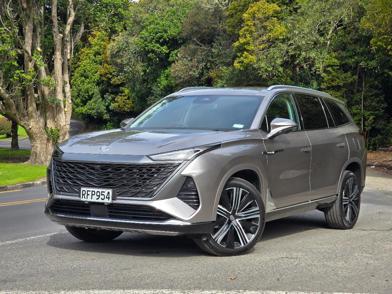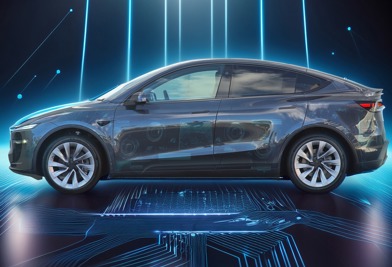While Brabus is a name that most who know it will associate it with Mercedes-Benz, those who really know it will remember there is another brand (admittedly owned by Benz…) that has had a couple of legendary models fettled by the German tuning house over the years. And that is Smart.
Yes, the maker of diminutive city cars has had a long association with the German tuner, right back to its earliest models, including the Fortwo, Forfour and Roadster, with Brabus even building a limited run of ten of the latter packing a V6 biturbo engine.
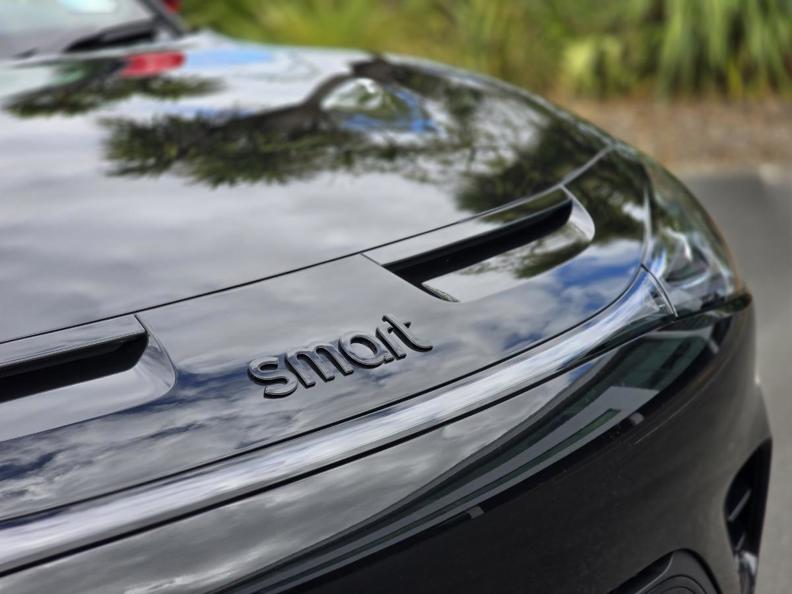
So, yeah, that’s truly mad. But what of modern Smart? You know, the one that now makes small electric SUVs?
That requires a two part answer, with the first part explaining that, for 90 percent of the time, the Brabus-badged Smarts are almost entirely identical to their non-Brabus counterparts.
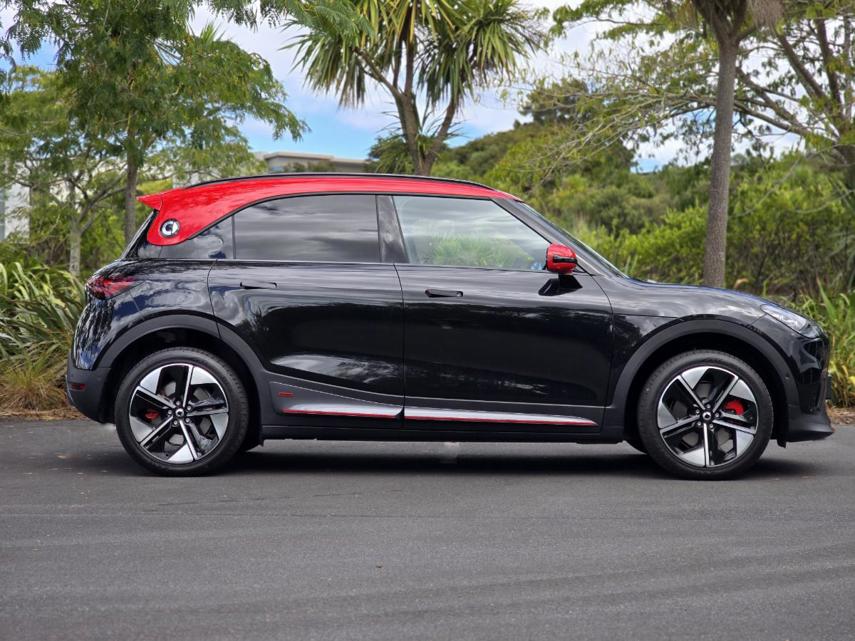
While they do have a sportier suspension tune, it isn’t of the teeth-rattlingly firm kind and, depending on the road surface, often difficult to perceive much difference at all.
This means the #1 Brabus is every bit the user-friendly, approachable and practical small SUV that the standard #1 is - and indeed, the #3 is as well - with a lovely ride, endearing handling characteristics and a truly high quality interior.
The second part of that answer lurks at the very end of the drive mode settings, where below the Eco, Comfort and Sport settings of the standard car there is a new and exciting addition - a “Brabus” mode.
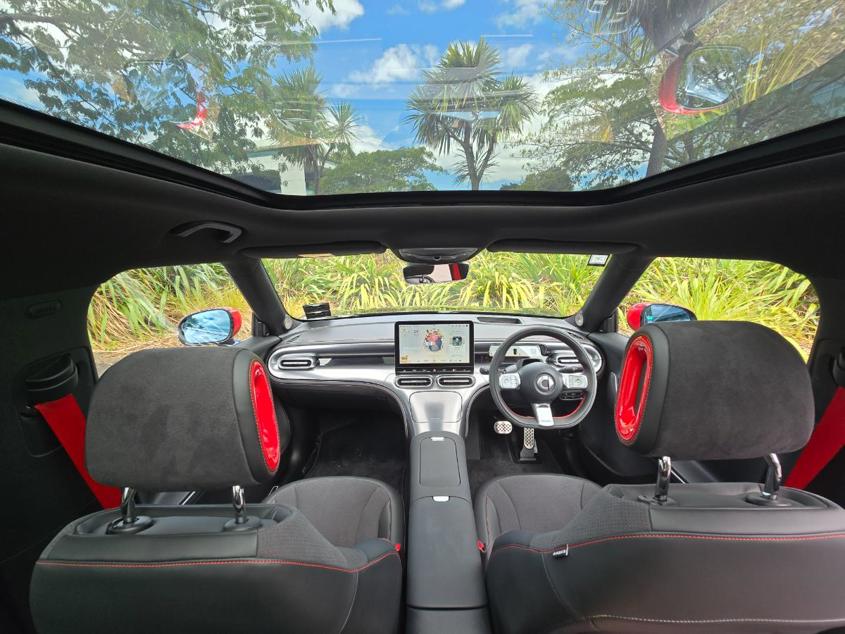
And this is where it becomes startlingly clear exactly where the extra cash you ponied up for the Brabus goes, turning the #1 from a normal car to a full-blown snarling lunatic with Porsche 911 levels of acceleration. Yes, the #1 Brabus will hit 100km/h from a standing start in 3.9 seconds (a 911 Carrera does it in 4.1) which, let's face it, is just plain madness from a small city SUV.
Along with the ferocious acceleration, the Brabus version of the #1 also scores very red Brabus branding and highlights, well... everywhere.
Of course, a chunk of that extra money went into an extra electric motor slapped on the front axle, pumping the outputs up to 315kW/543Nm and making the Brabus AWD. As well as totally mad. The addition of AWD helps keep the madness in line when you unleash it, but the front still scrabbles for grip when the weight transfer kicks in and you are pushed back in your seat.
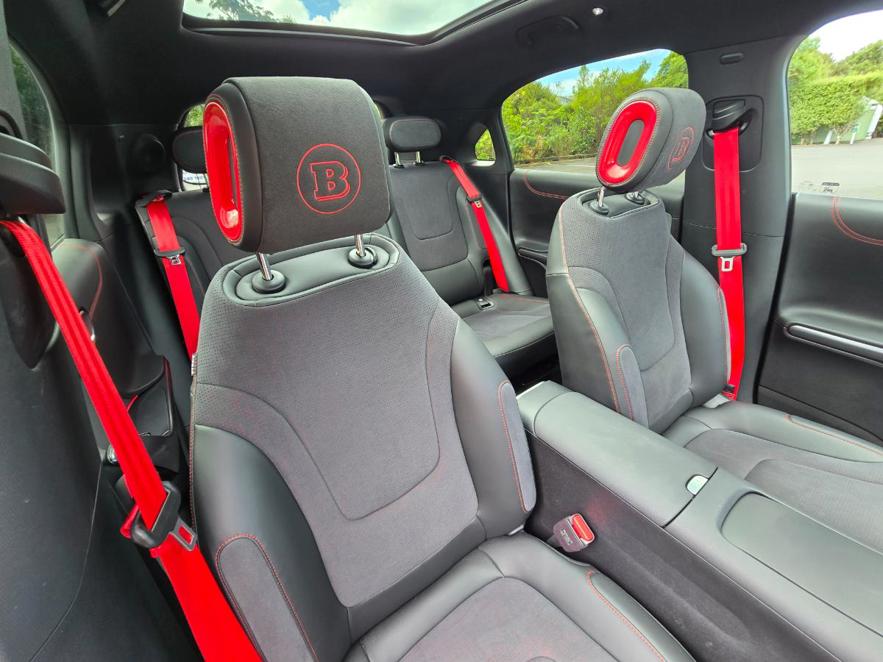
Like all properly fast EVs the physical experience of a full-throttle blast in the #1 Brabus is slightly unpleasant, as the gravitational forces involved attempt to rearrange your internal organs as you surge forward.
The Brabus also sees the addition of that snarling soundtrack I mentioned earlier, with a choice of two different electronic bellows to accompany the savage acceleration, but honestly, they were a short-lived novelty, as there is probably more enjoyment to be had belting aggressively forward in relative silence in your cute little city SUV.
The Brabus retains the involving nature of the RWD cars on the road, and despite the addition of AWD still retains a RWD-biased feel, although turn in isn’t quite as sharp. It is, however, a hell of a lot of fun on a winding road, as the aggressive acceleration out of the corners more than makes up for the slight drop of steering sharpness when going into them.
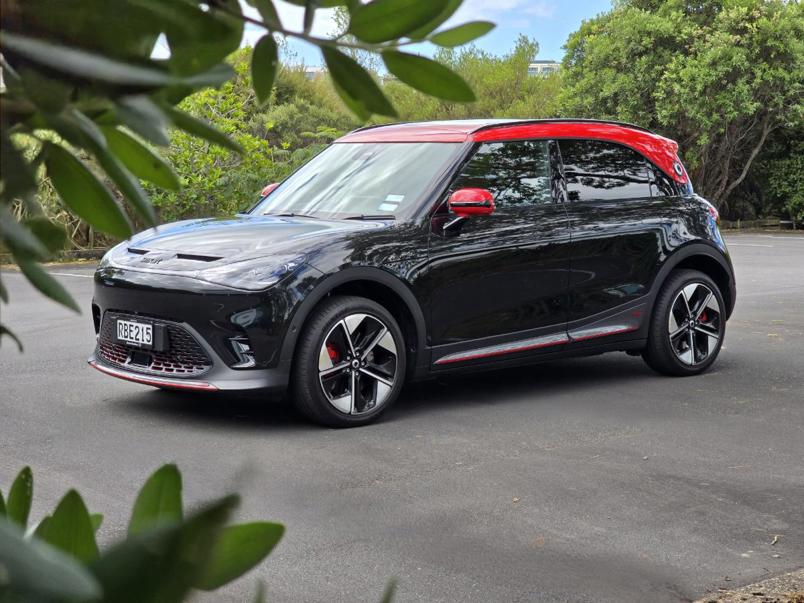
Along with the ferocious acceleration, the Brabus version of the #1 also scores very red Brabus branding and highlights, well... everywhere. Seatbelts, headrests, the steering wheel, hell, even the inside of the pop-out door handles get the red Brabus treatment and while it is over-the-top, it suits the car perfectly.
The #1 Brabus costs $79,990, which may seem like a lot for a small SUV, but is an absolute bargain for something with its level of sheer quality and truly feral performance.
While the sportier suspension does slightly amplify the standard car's tendency to get a tad busy over rough surfaces at low speeds, that's really only a very minor issue that most people won't even notice, particularly given its impressive ride quality at open road speeds.
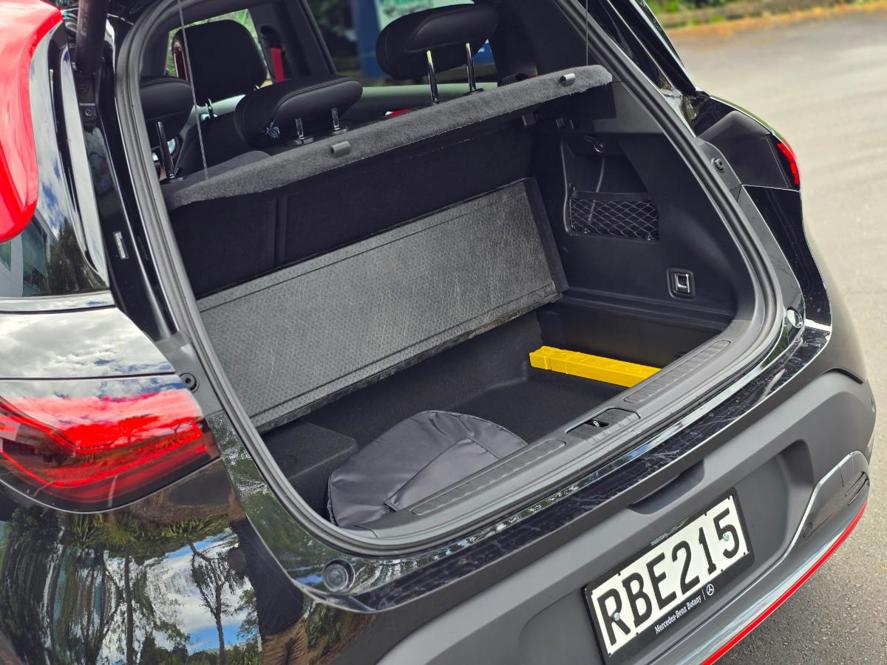
Outside of the totally OTT Brabus enhancements, the #1 retains all of the standard car's impressive qualities, with fantastic build quality, superb materials and impressive comfort.
The Beats audio system pumps out a huge and impressively clear sound, with massive bass (but like all Beats systems is at its best with music without much in the way of mids, so rock fans might find it a little hard to find just the right settings), while the Brabus-specific microfibre sports seats are fantastically comfortable.
The Brabus uses the same 66kWh battery as the rest of the range, so you do lose a little bit of range - 400km compared to the 420km of the Pro+ and the 440km of the Premium - but the AWD traction and feral performance more than make this an acceptable trade-off.
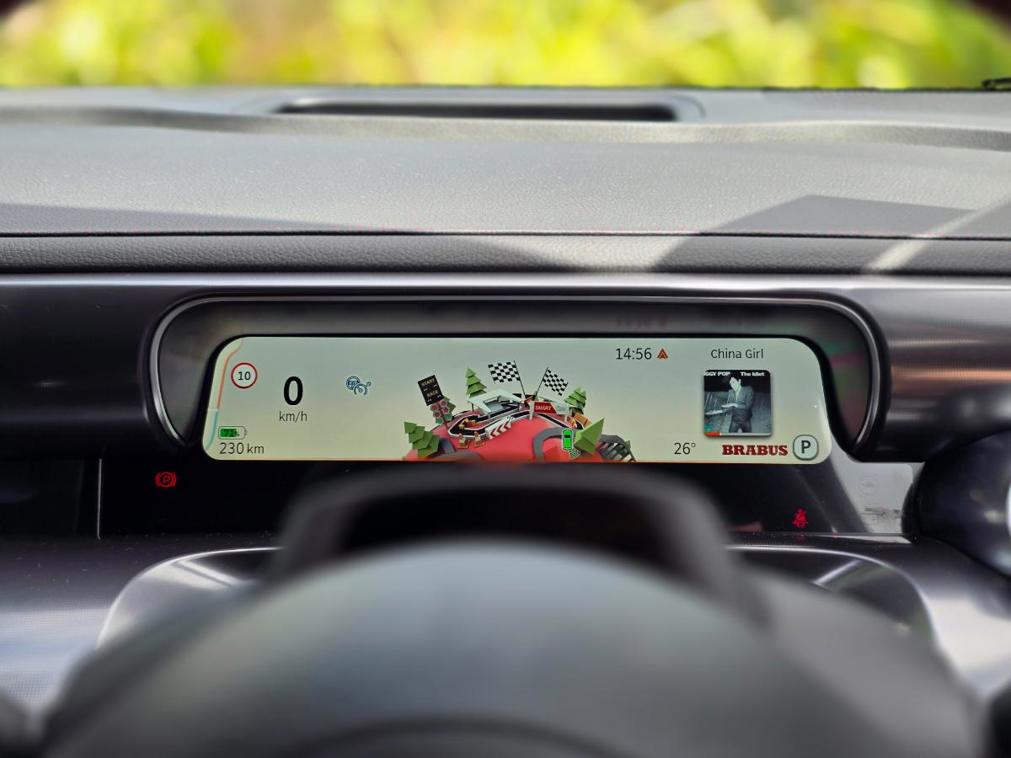
One other highlight of the #1 is its fantastic driver assists that are superbly well-calibrated and almost entirely unnoticeable (unless you are doing something you shouldn't), all of which hint at its Mercedes-Benz associations, but just for less money.
It feels almost exactly like the standard #1, but if you drop it into Brabus mode you get face-peeling acceleration. Which we like very much.
Quite a lot less money, as it happens, because the #1 Brabus costs $79,990, which may seem like a lot for a small SUV, but is an absolute bargain for something with its level of sheer quality and truly feral performance.
How much is the Smart #1 Brabus?
As mentioned above, the Brabus edition of the #1 costs $79,990, which I cannot stress enough is a thoroughly fantastic bargain for something with as much performance as this cute little city SUV has to offer.
What are the key statistics for the Smart #1 Brabus?
Like all Smarts (so far), the Brabus model of the #1 uses a 66kWh battery that gives it a 400km range, with charging speeds of up to 150kW. Unlike other Smarts it gets an additional electric motor on the front axle for AWD which bumps its outputs up to 315kW and 543Nm.
Is the Smart #1 Brabus efficient?
As far as cars that can scream to the open road speed limit in less than 4 seconds, yes it is. Smart claims a WLTP combined energy consumption of 18.2kWh/100km which, if you make the most of the feral acceleration you won't see, but if you temper that with a good amount of normal, sensible, socially acceptable urban commuting, is pretty achievable.
Is the Smart #1 Brabus good to drive?
It is utterly fantastic to drive. Even taking the savage acceleration out of the equation, the #1 is an immensely satisfying car to drive on a daily basis, with excellent comfort, sharp and precise handling and a delightfully friendly nature. The Brabus just adds a extra layer of madness in for when you just need to push your brain to the very back of your skull.
Is the Smart #1 Brabus practical?
Very. It is, at its heart, a small SUV after all, so everything that applies to the standard #1 applies here too; lots of handy storage spaces around the cabin, excellent headroom all round and decent legroom in the rear, and a 323 litre boot.
What do we like about the Smart #1 Brabus?
The most impressive thing about the Brabus version of the #1 is the fact that, if you totally ignore the Brabus drive mode setting, it feels almost exactly like the standard #1, but if you drop it into Brabus mode you get face-peeling acceleration. Which we like very much.
What don’t we like about the Smart #1 Brabus?
If you are being extremely picky, the low speed ride has a slight tendency to get a bit brittle over rougher road surfaces.
What kind of person would the Smart #1 Brabus suit?
Someone who wants a small, all-electric Mercedes-AMG. But you can't buy one of those, and if you could it would cost probably twice as much. So just buy the #1 Brabus.













